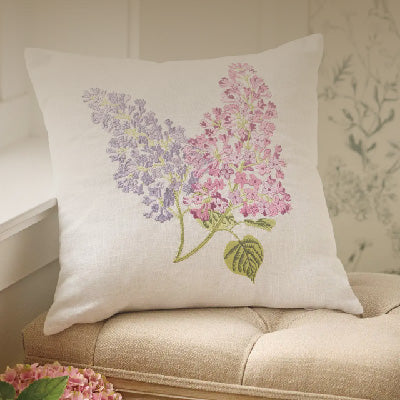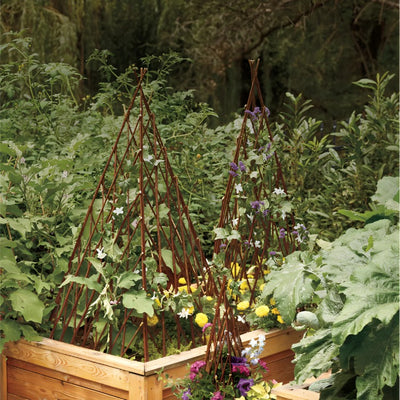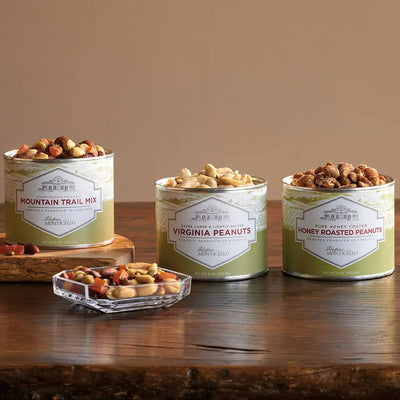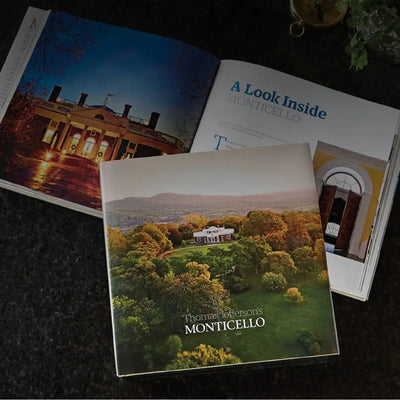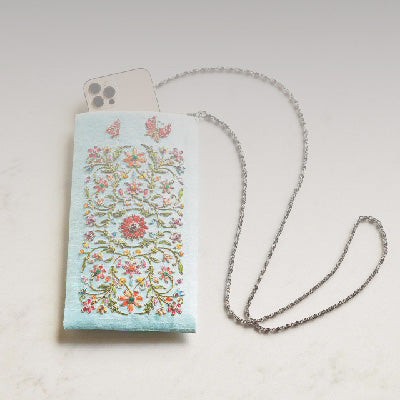Hardy, deciduous, spring flowering tree
Description: Graceful tree with heart-shaped leaves and purplish-pink, pea-like flowers in early spring; leaves yellow-green in the fall
Habit: Grows to 30 feet high and 35 feet wide
Culture: Prefers full sun or partial shade and good drainage
Hardiness: Cold hardy to USDA Zone 4
Origin: North America
Attributes: Fall color
Jefferson documented
In 1781 Thomas Jefferson listed redbud in his only published book, Notes on the State of Virginia, as a native "Esculent" tree. He intended it to be a part of his shrubbery scheme for the western slope of Monticello and in the clumps of trees planted in the angles of the house in 1807. He likewise directed that redbuds be planted among clumps of native trees and shrubs at Poplar Forest in 1812. Eastern redbud is often called "Judas-tree," which actually refers to a Mediterranean species, Cercis siliquastrum.
This plant will ship bare root. Eastern redbud is approximately 2' tall.
Bare root planting tips:
~ If you can't plant immediately, store your plant in a cool location and keep the roots moist or pot in a container with a nursery potting mix from your local garden center.
~ Before planting, let the roots soak for several hours as you prepare the site. You'll want to dig a large enough hole so the root mass can spread out and the plant is at the same soil level as when it was growing in the nursery.
~ Once planted, water it in well and wait a month before fertilizing. Mulching will help to maintain moisture and raise soil temperatures for faster growth.
Details
| Genus | Cercis |
|---|---|
| Species | candensis |
